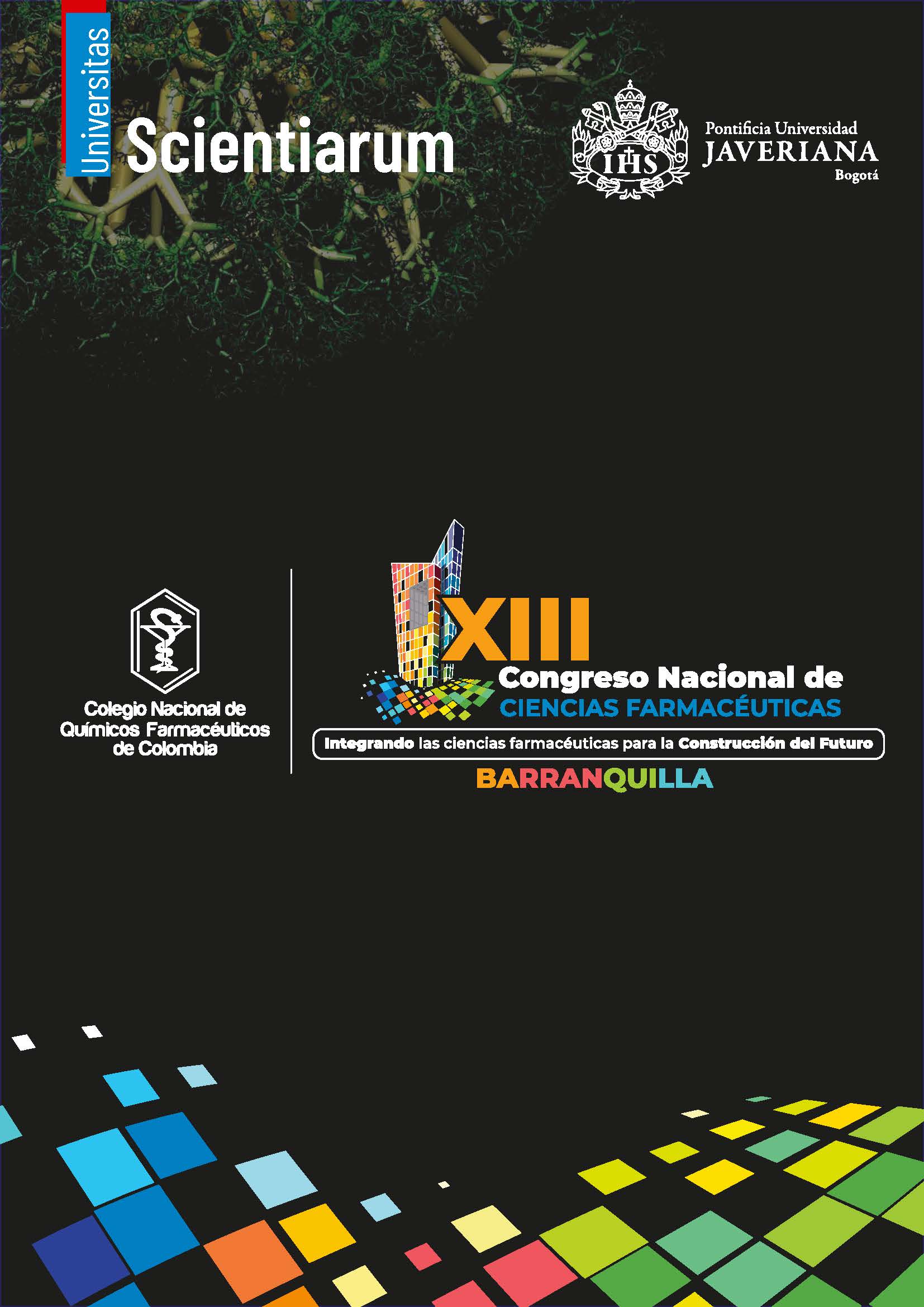Abstract
Currently, clinical software is revolutionizing healthcare practice by providing healthcare professionals with advanced IT tools that employ sophisticated algorithms and electronic medical records, thereby facilitating pharmacotherapeutic monitoring, particularly in the management of critical medications such as antibiotics and anticoagulants in hospitalized patients. The importance of this study arises from two serious problems: antimicrobial resistance (AMR) and anticoagulant-related adverse events. According to data from the World Health Organization (WHO), AMR is responsible for more than 700 000 deaths annually, consolidating its position as a critical public health challenge. Furthermore, anticoagulants generate approximately 25 % of adverse drug events, many of which are preventable. This research aims to review literature on the benefits of various IT tools for the management of antibiotics and anticoagulants in hospital pharmacotherapeutic monitoring. A systematic review was conducted following the methodological guideline established by the Joanna Briggs Institute (JBI) for this type of study. This methodological guideline ensured the consistency and transparency of the review process. Antimicrobial stewardship programs are key tools in healthcare systems to reduce harm from inappropriate antimicrobial use. Antibiotic management through information technology tools such as the Telemedicine Competency Network, hospital information systems, electronic prescribing, and clinical decision support systems (CDSS) optimizes prescribing by generating real-time alerts, monitoring resistance patterns, and adjusting doses based on pharmacokinetics, reducing prescribing errors by 30 %. Clinical software algorithms also enhance documentation and safe use of anticoagulants. Optimizing anticoagulant use through multidisciplinary models, CDSS, hospital systems, and e-prescribing has been crucial, as these drugs account for 16 % of hospital medical errors. Overall, clinical software improves outcomes, reducing antibiotic use by 20 %, inappropriate anticoagulant use, and readmissions by 16 % within 6 months. Still, challenges remain, including data privacy, system integration, and physician acceptance, requiring multifaceted strategies for effective adoption.

This work is licensed under a Creative Commons Attribution-NonCommercial 4.0 International License.


